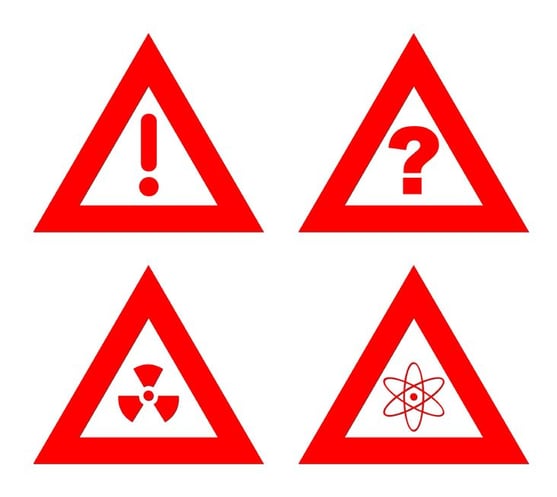
OSHA provides regulations governing “hazard communication” in the workplace. Hazard communications are addressed in specific standards for the general industry, shipyard employment, marine terminals, long shoring, and the construction industry. OSHA's standard will classify chemicals according to their health and physical hazards, and establish consistent labels and safety data sheets (SDSs) for all chemicals made in the United States and imported from abroad. Please note the twenty-five states, Puerto Rico and the Virgin Islands have OSHA-approved State Plans and have adopted their own standards and enforcement policies. For the most part, these States adopt standards that are identical to Federal OSHA. Iowa, for instance, is a state enforcement program.
As a response to the multiple definitions of "hazard" and multiple ways of communicating hazards, the United Nations adopted the Globally Harmonized System for Classification and Labeling of Chemicals (GHS) in 2003. OSHA's revised Hazard Communication Standard has presented manufacturers, formulators and distributors with the challenge of revising their SDSs to comply with GHS standards. There are challenges to implementing GHS. This includes the mandatory use of red color, the potential need for multiple languages if shipping to other countries, various U.S. state issues like New Jersey's "Right to Know" that go beyond OSHA's requirements and many other regional regulatory requirements for compliance in the global marketplace. The reality is that virtually every label for a hazardous chemical product is subject to change, and will in many cases require changes on an ongoing basis in the unforeseeable future.
Labels will now have more information on them, and will have to be revised to include symbols, standard signal words and standard phrases. Other text, such as contact phone numbers and statements about ingredients with unknown toxicity also will be required. Because of the regional challenges presented by a widening global supply chain, signal words and phrases must be translated into multiple languages, making labels more efficient instruments for global hazard communication.
Before 2015, as a performance standard, manufacturers could meet the OSHA requirements by methods of their own choosing. Now as a specification standard, manufacturers must follow methods of compliance outlined by OSHA.
From 2015 onward, manufacturers will have to examine all available information and make a scientifically based determination where conflicting toxicity information is found. Also, formulators will now have a greater degree of responsibility for determining the correct hazards associated with ingredients supplied by others where the identity of the ingredient is known. Definitions have expanded, especially for physical hazards.
The new revised hazard communication regulations may be found 29 CFR 1910.1200. If you have further questions concerning this subject and workplace safety, continue and follow our Risk Manager on Your Side or contact Bruce Smith at Goosmann Law Firm, 410 5th Street, Sioux City, Iowa 51101. Phone: 712-226-4000.






Let Us Know What You Thought about this Post.
Put your Comment Below.